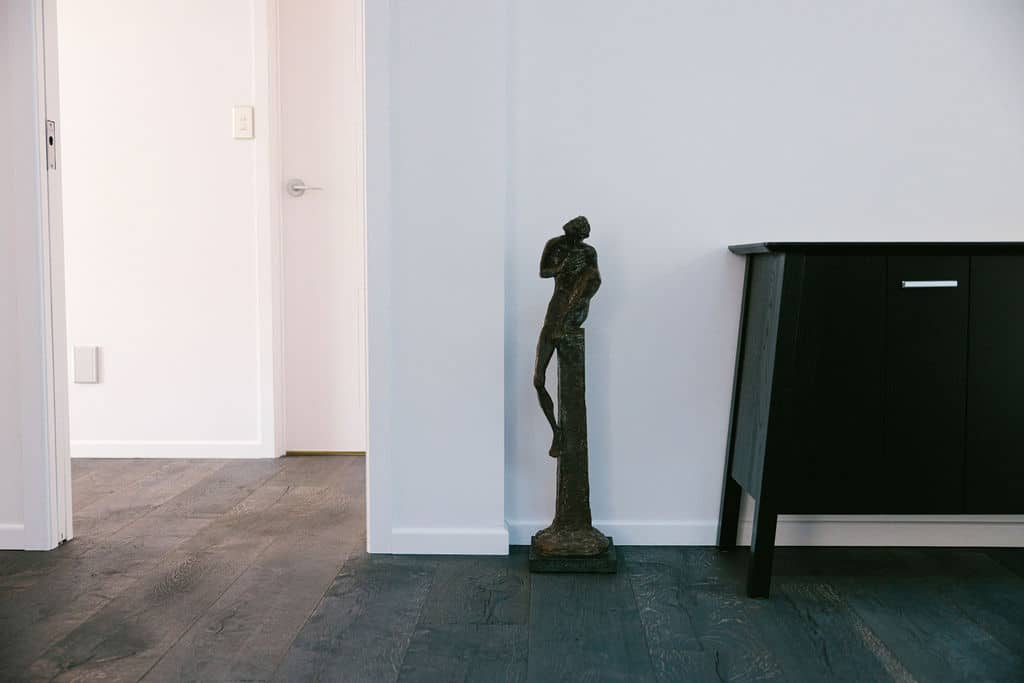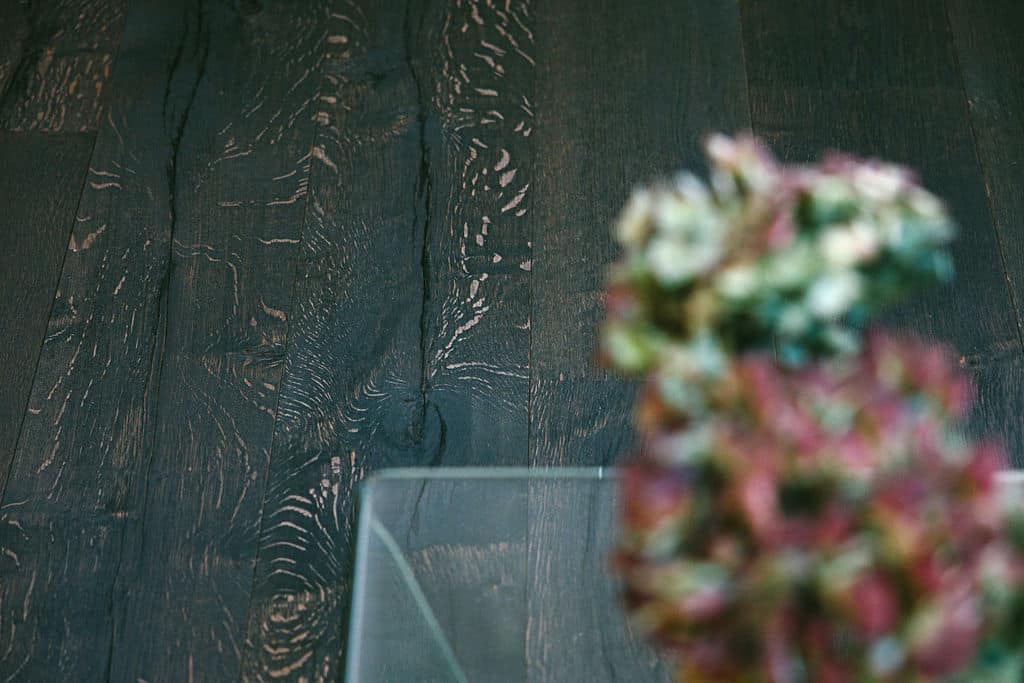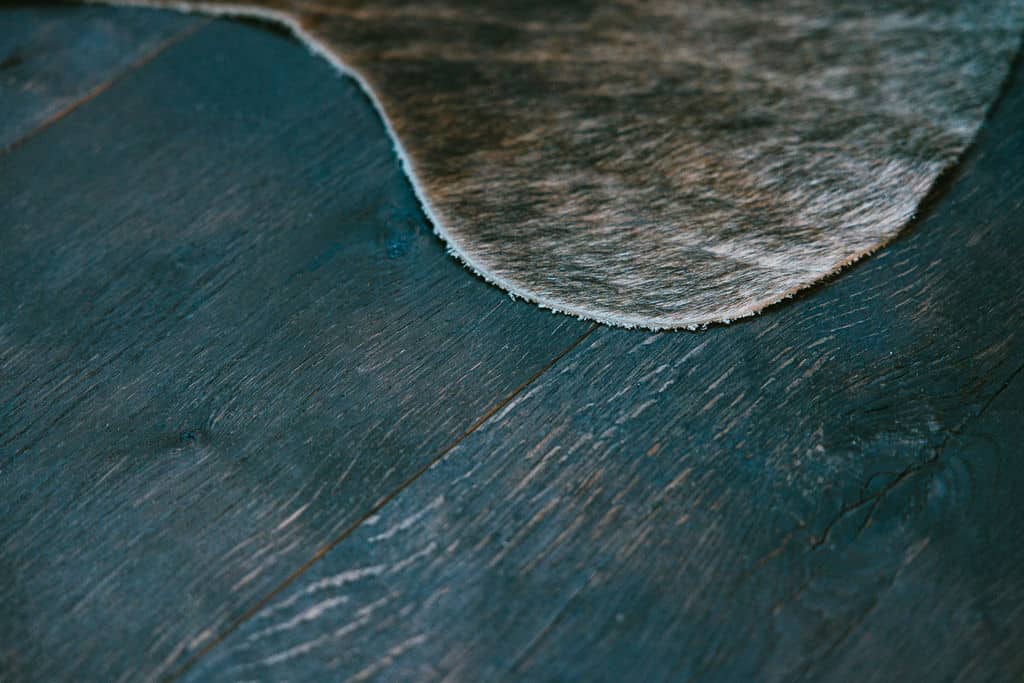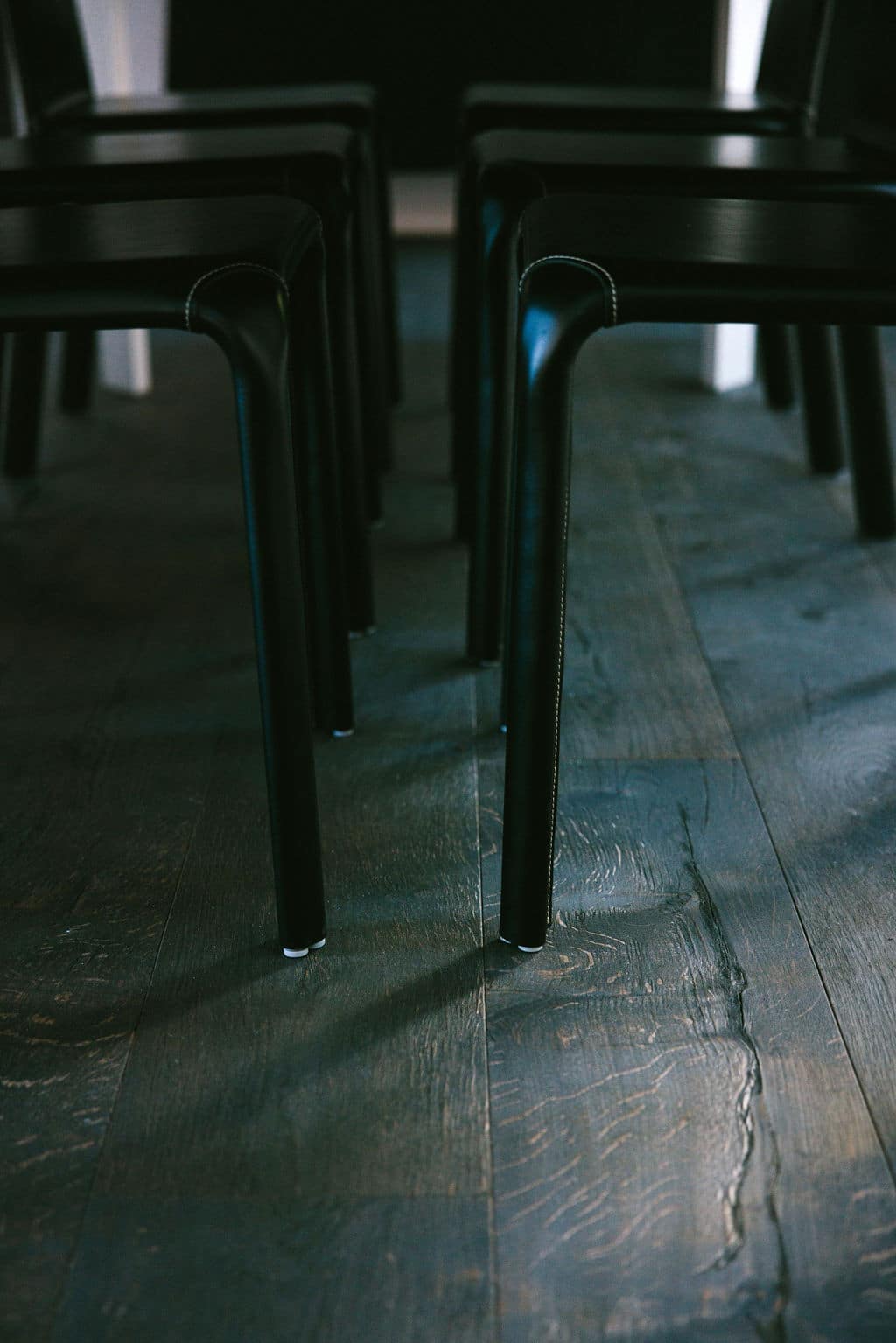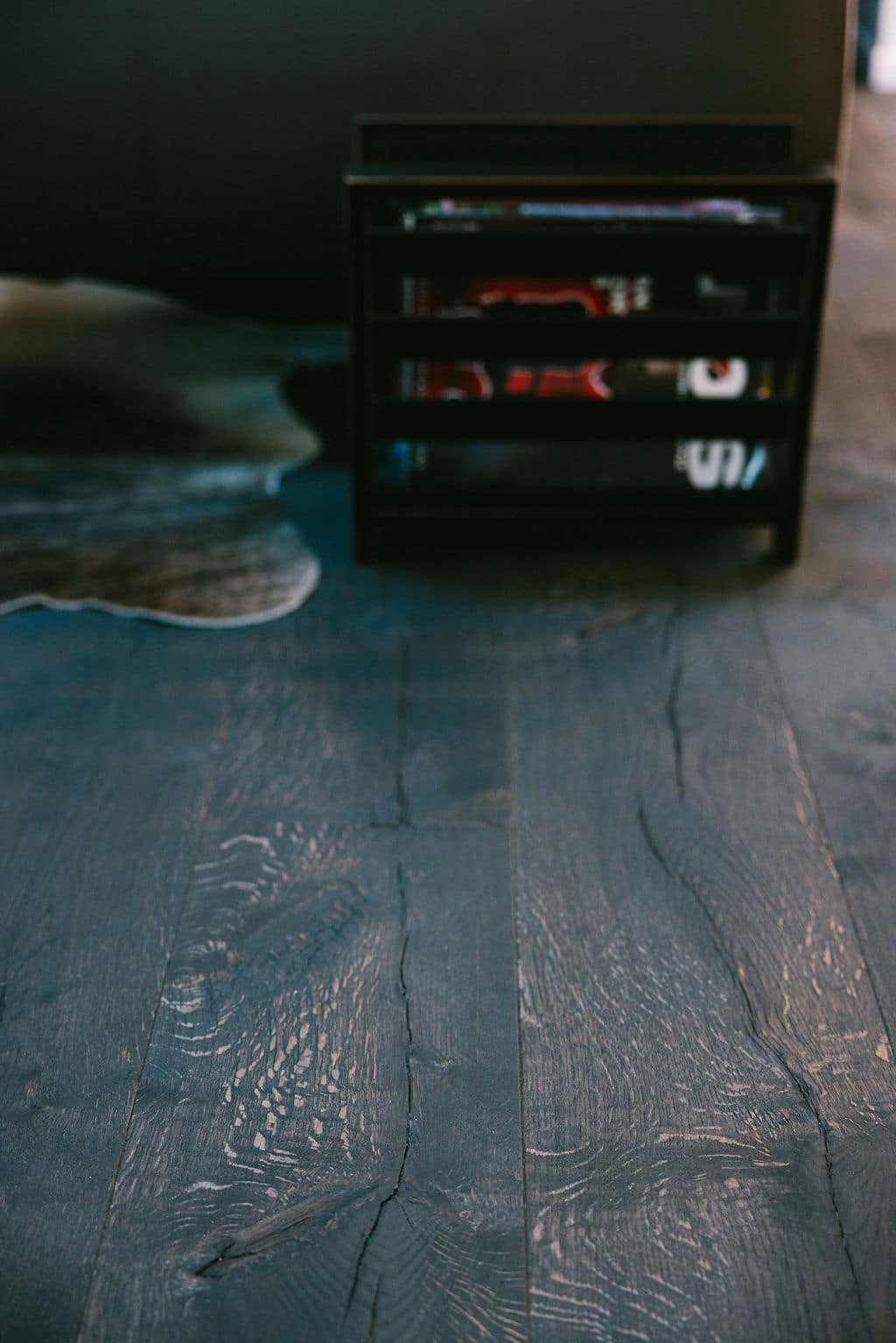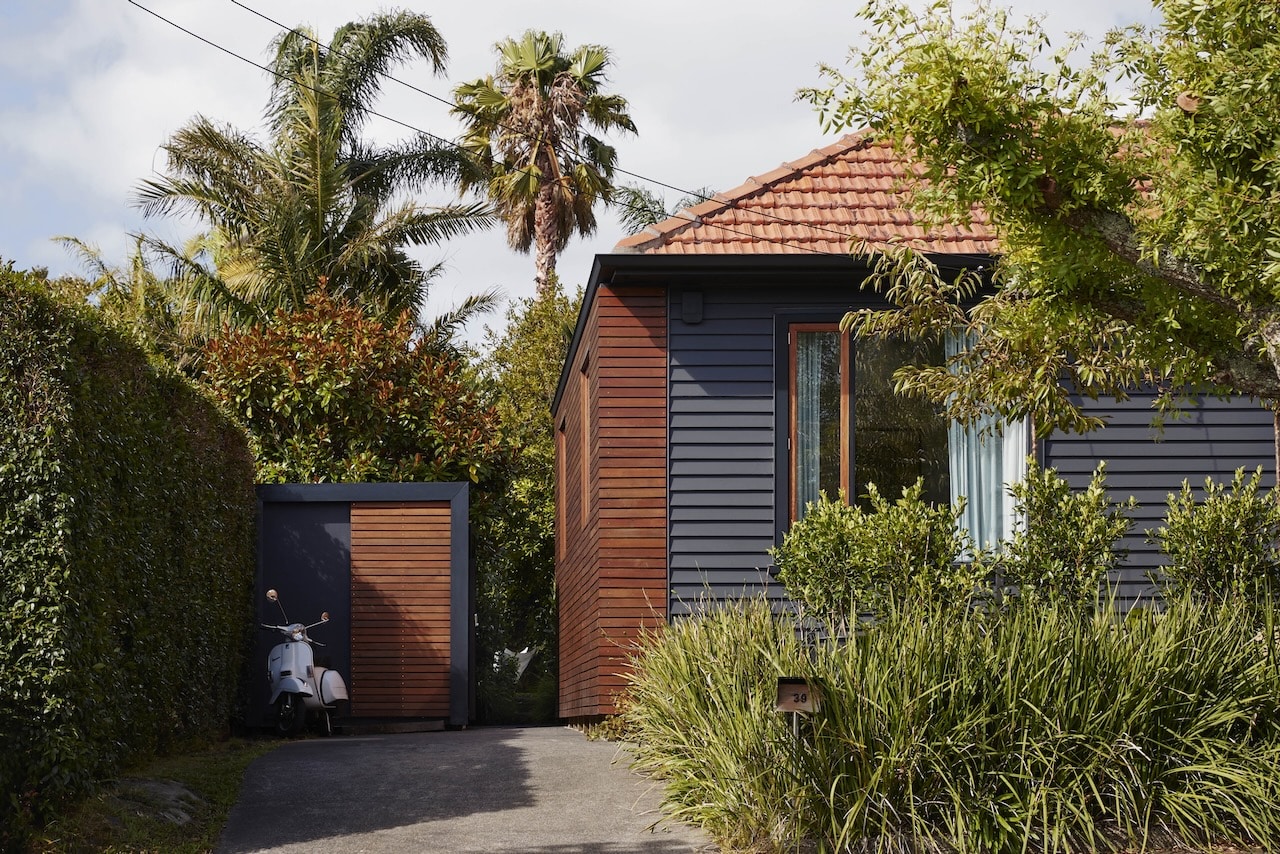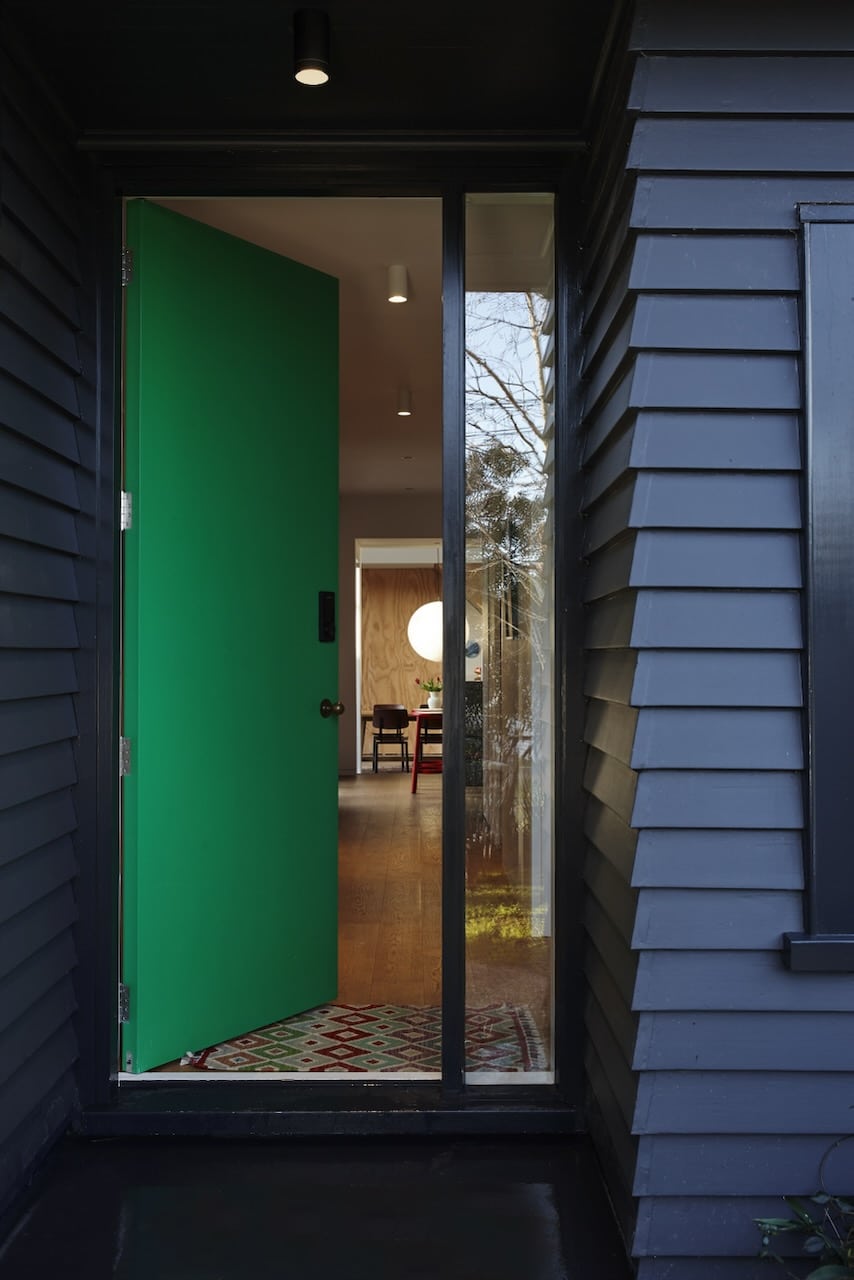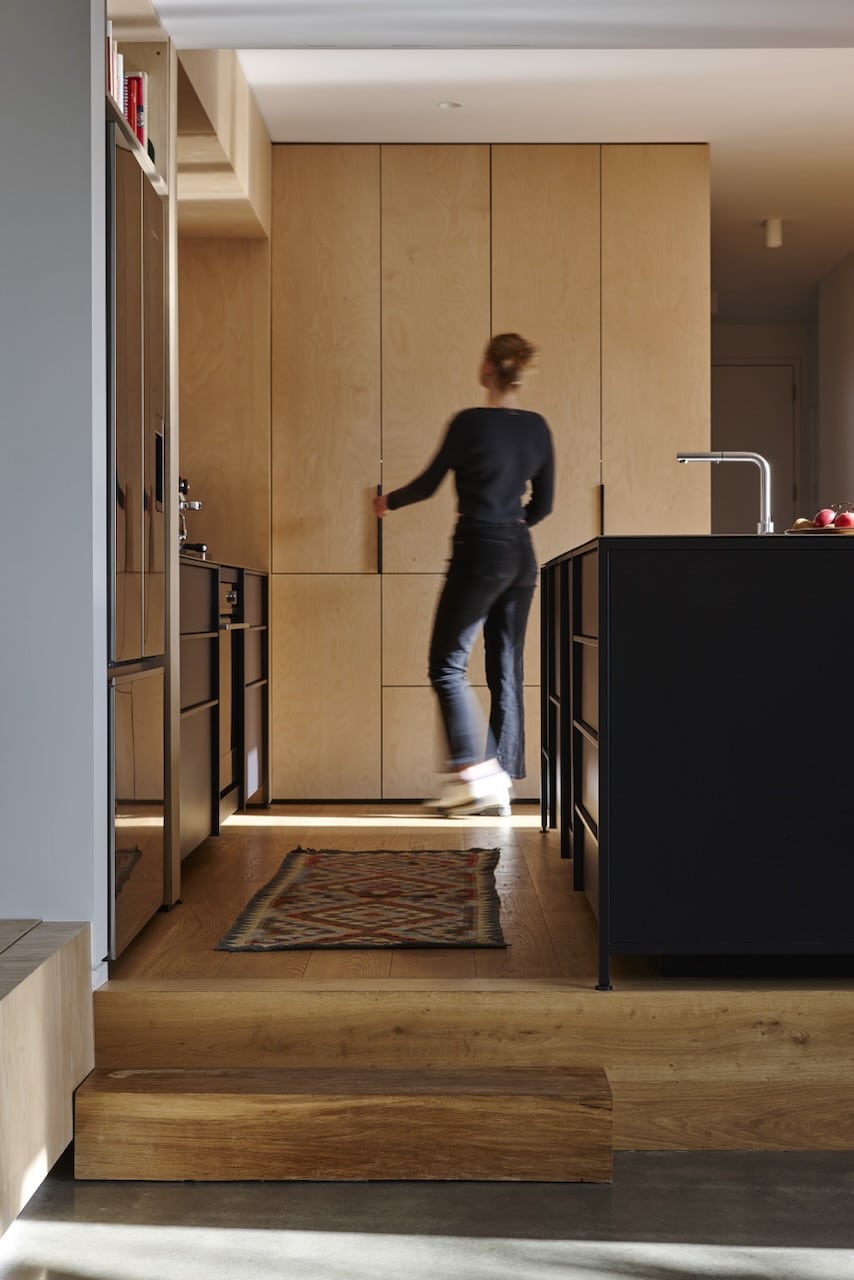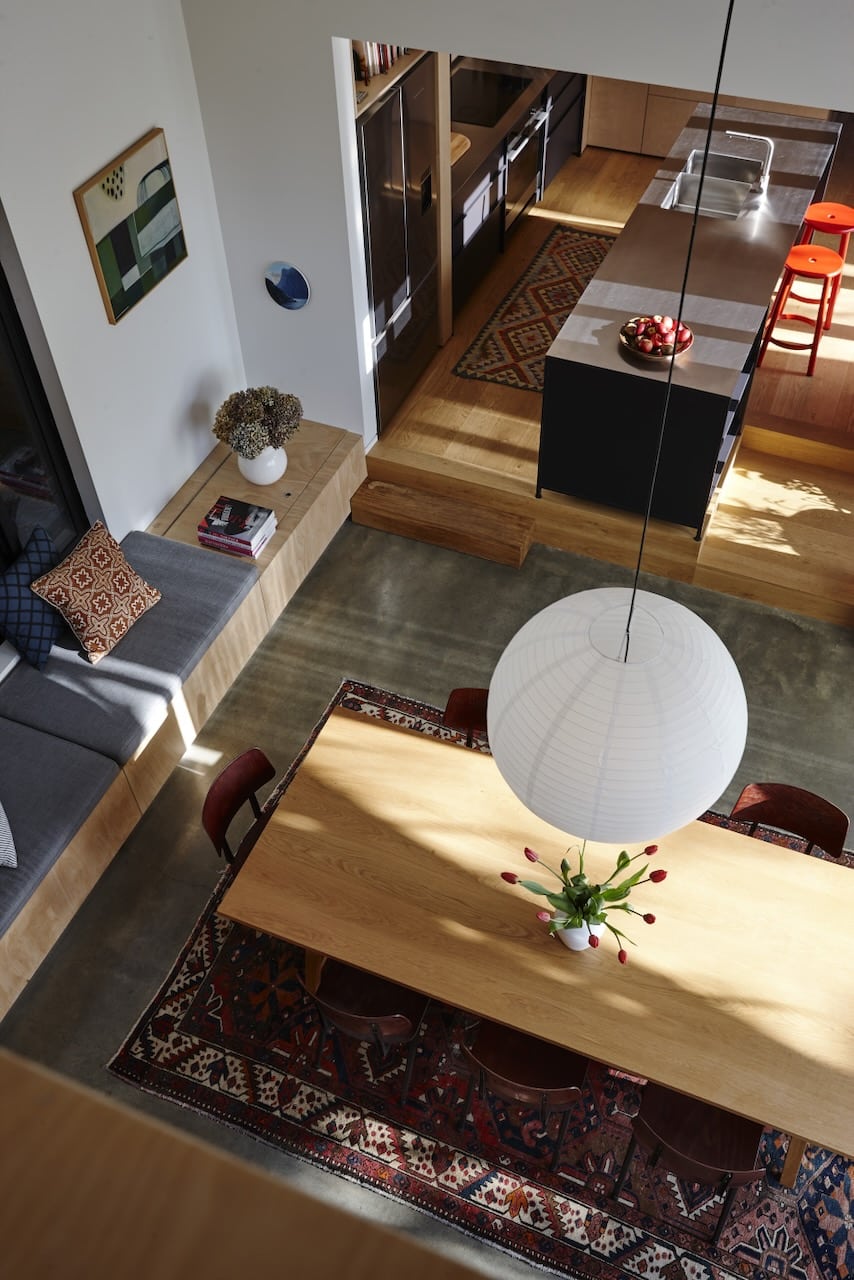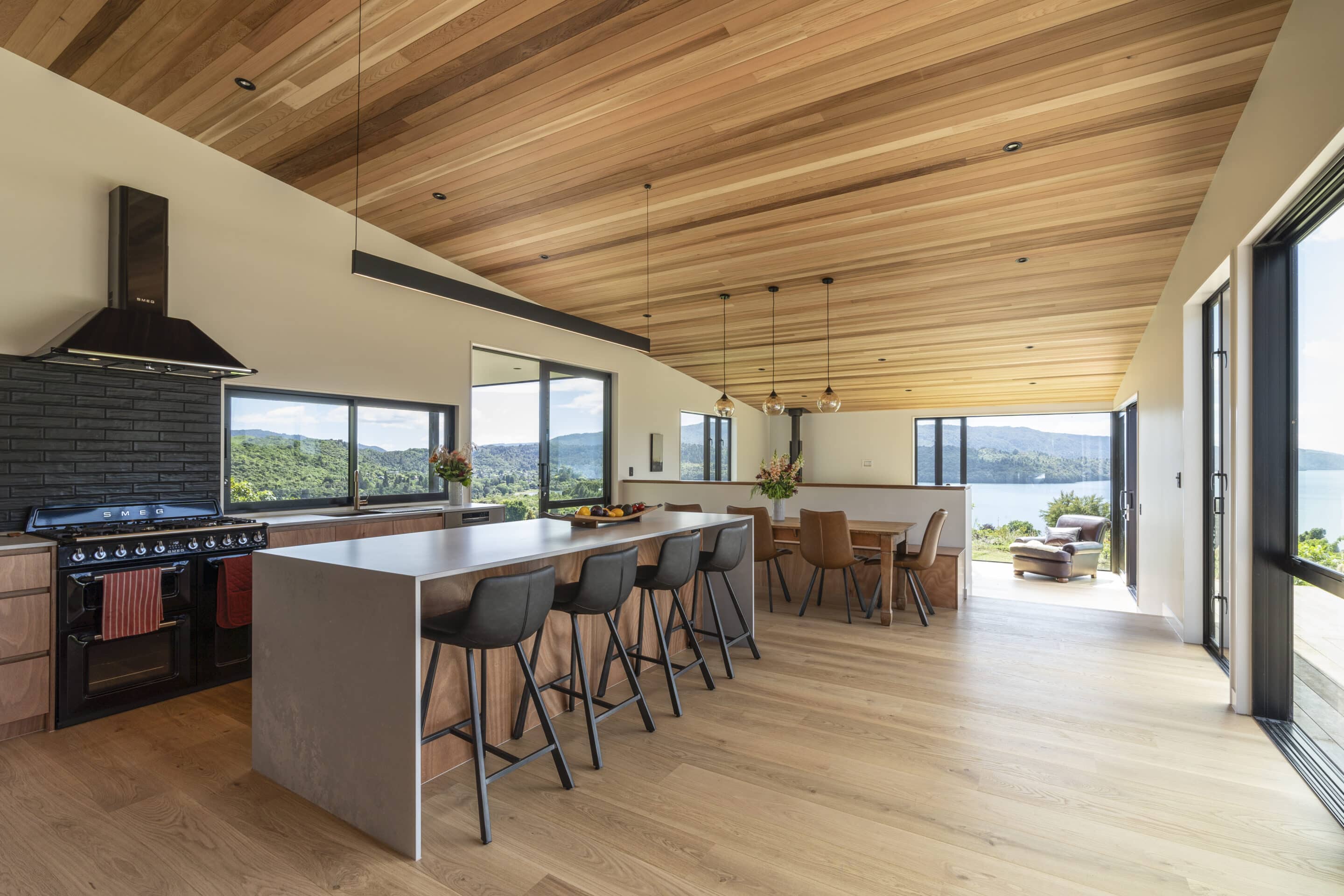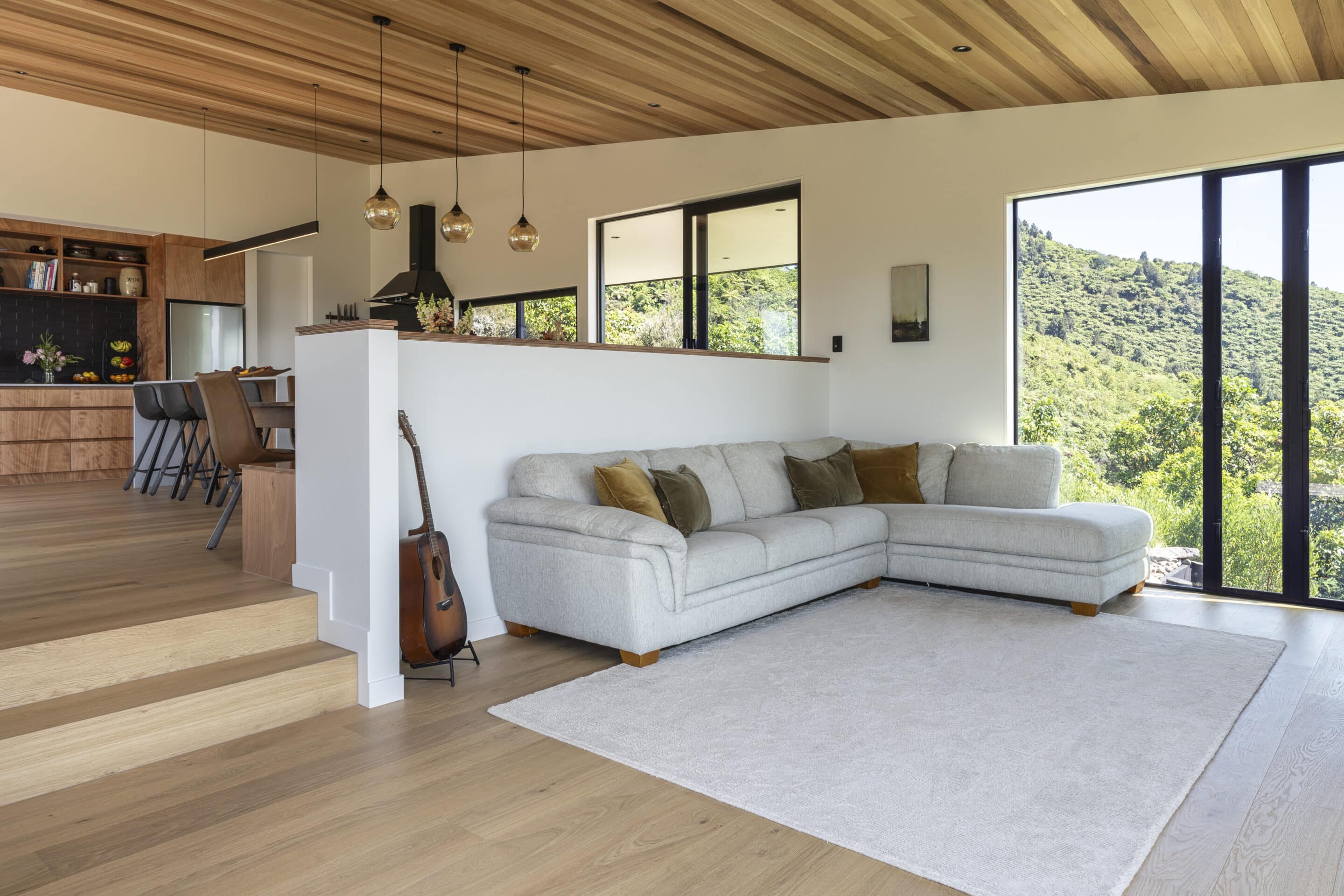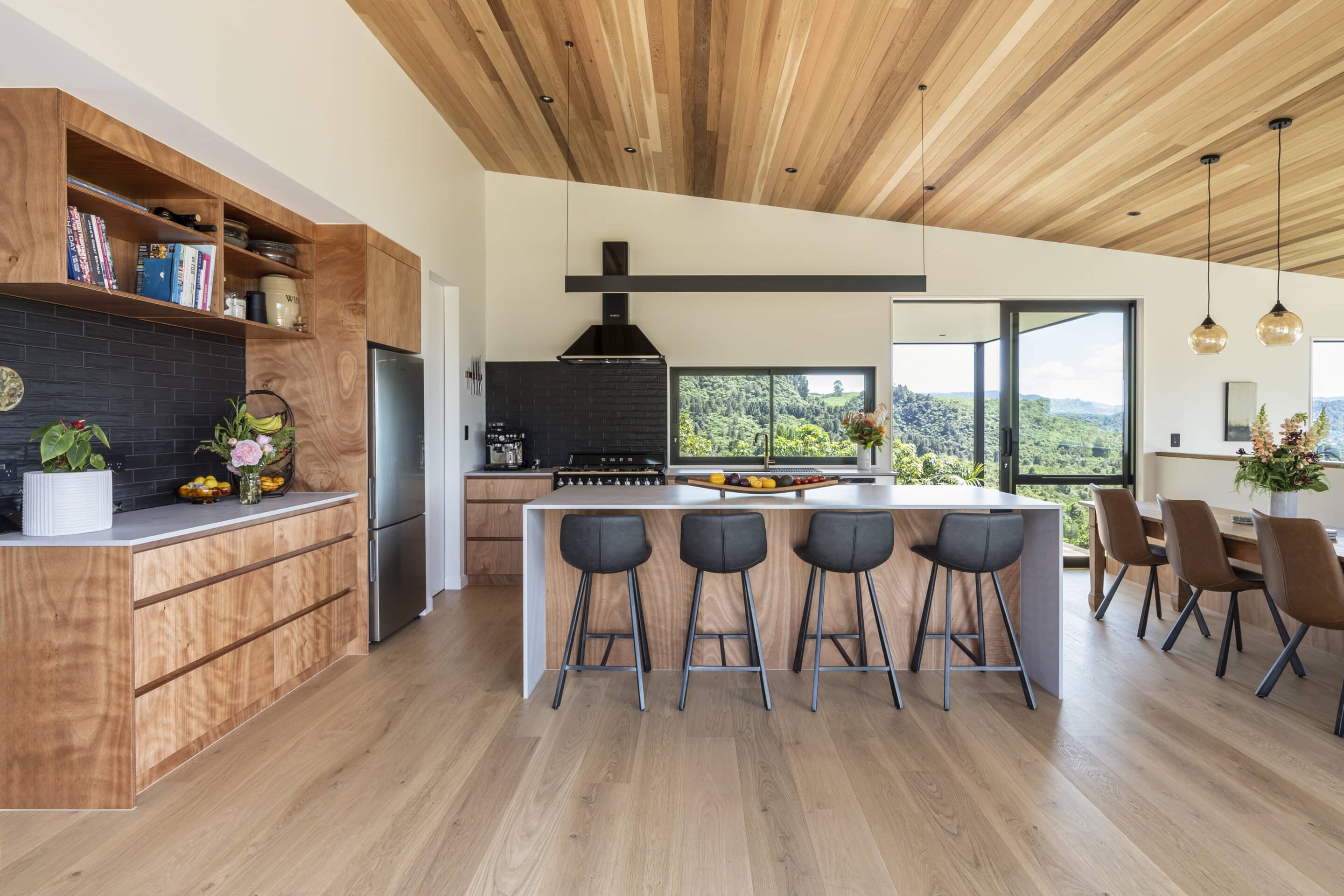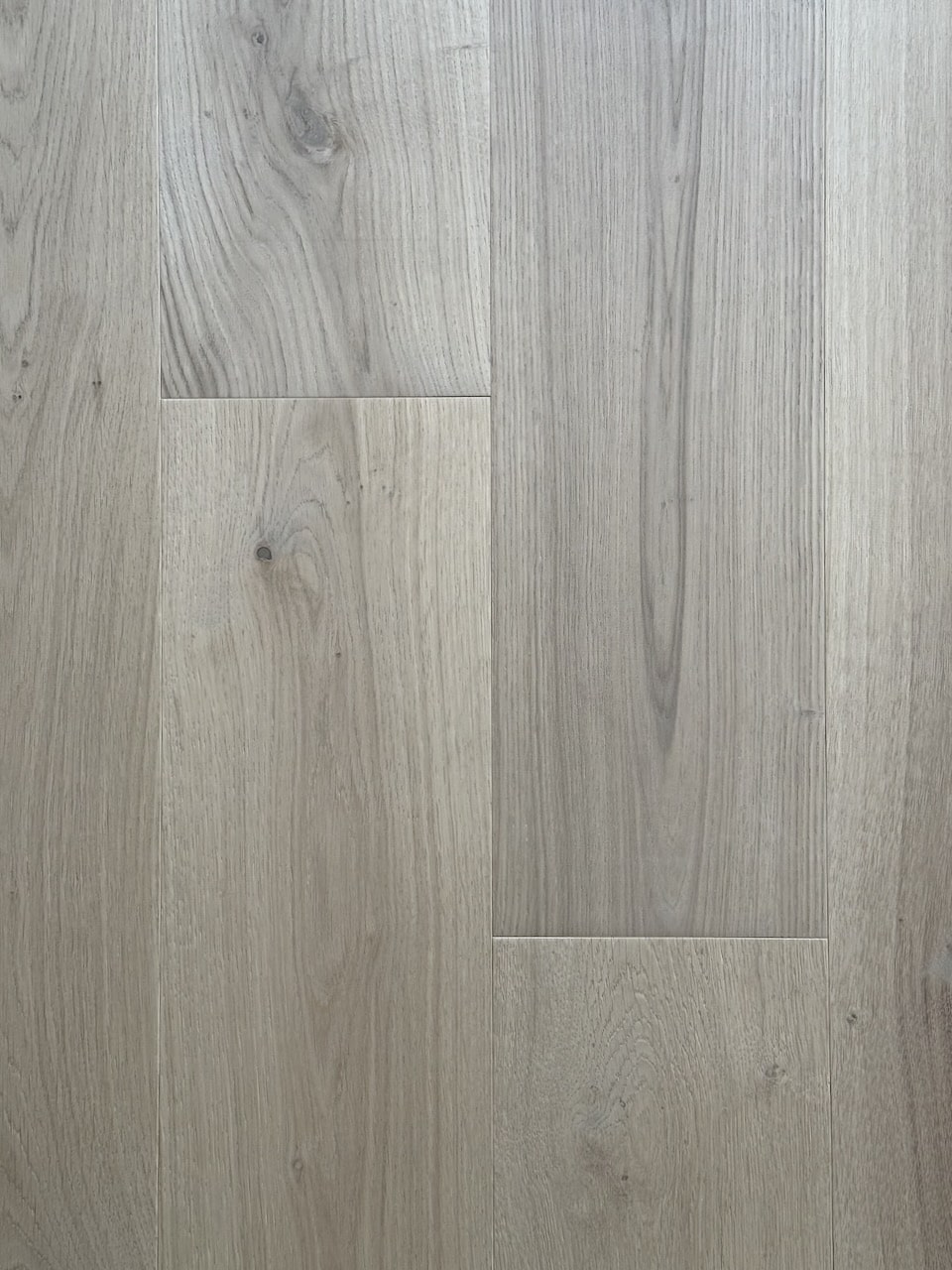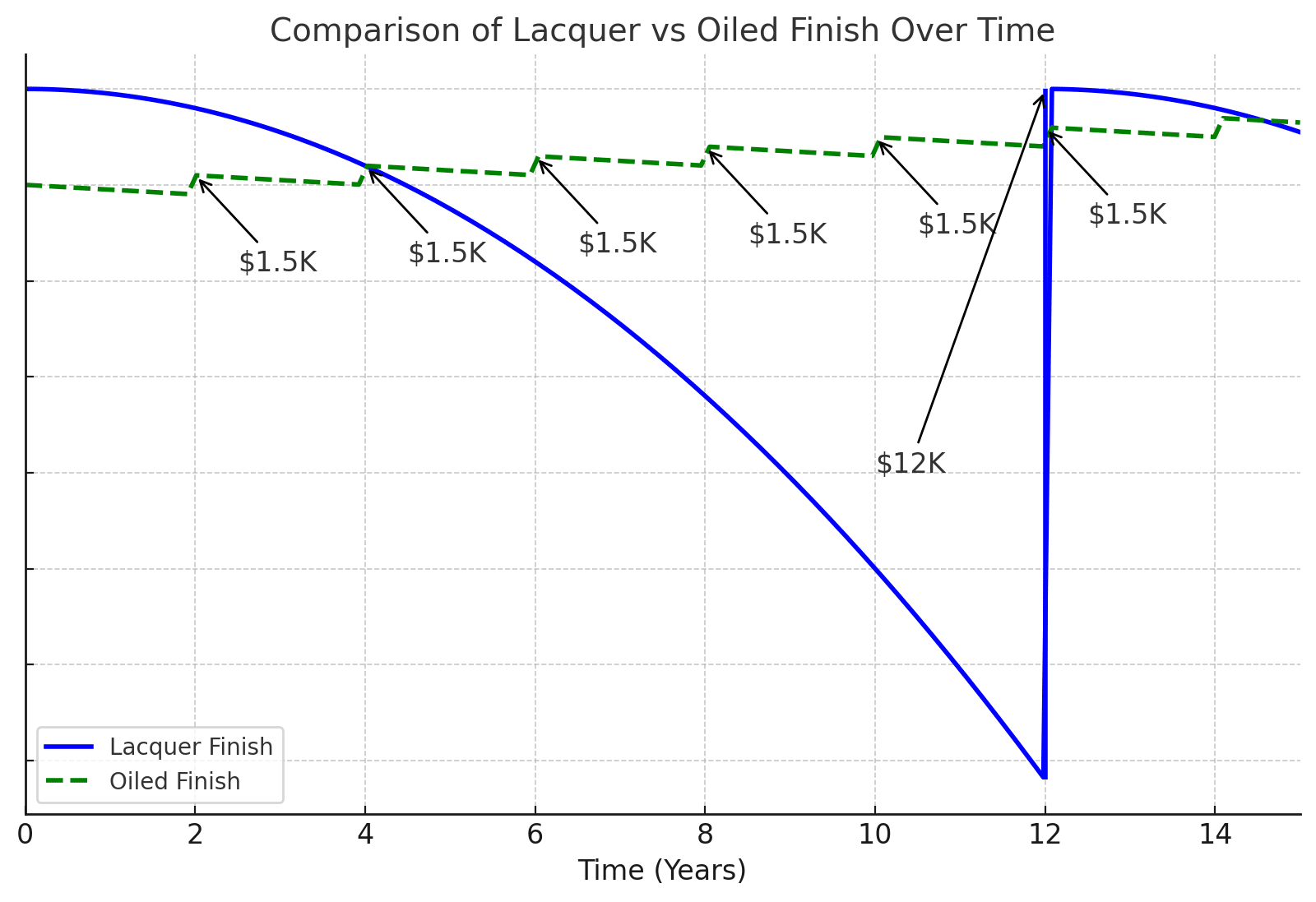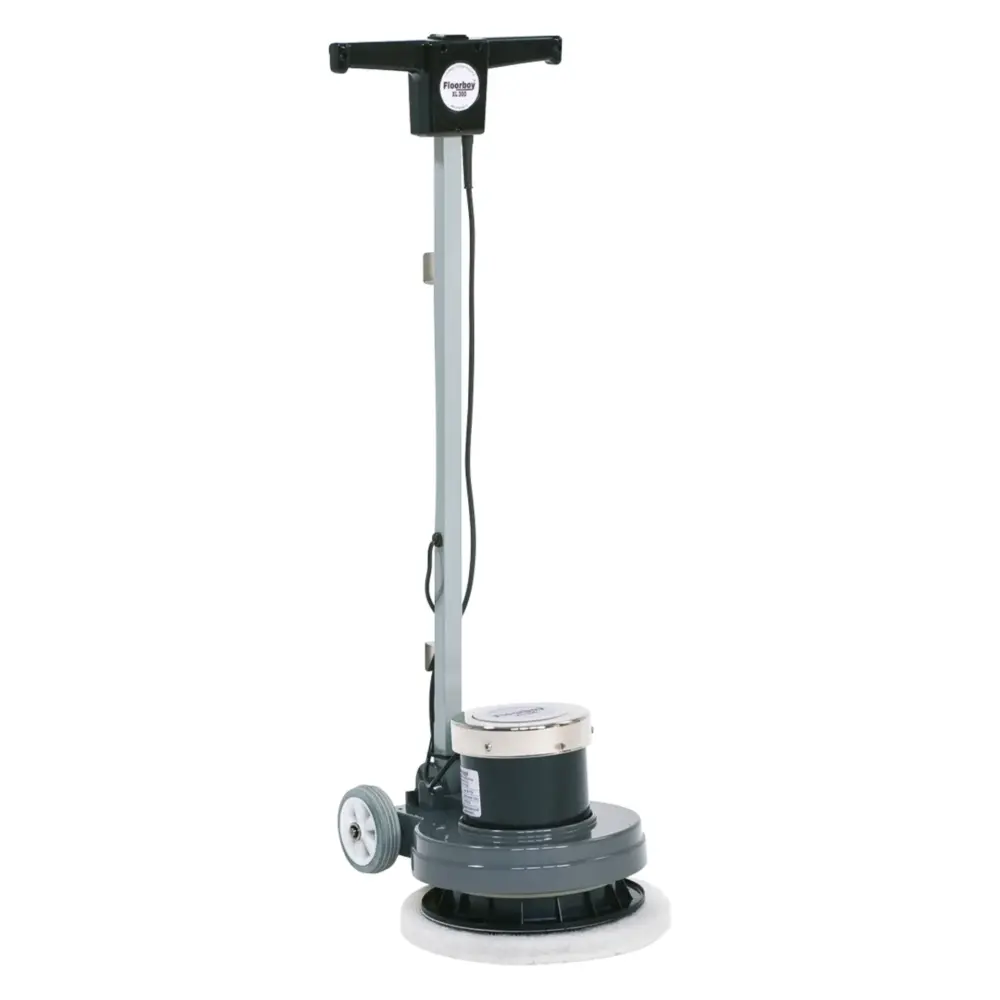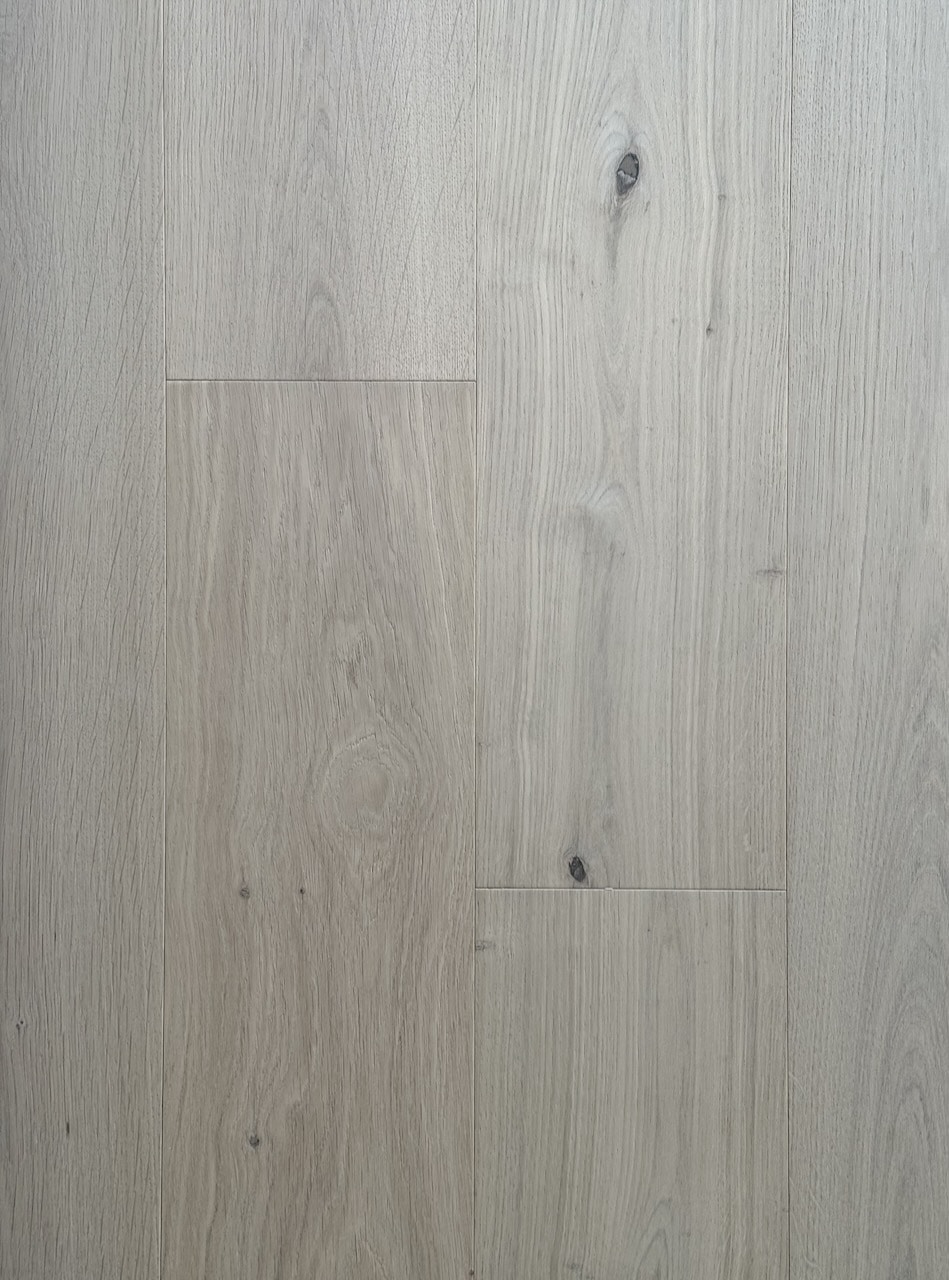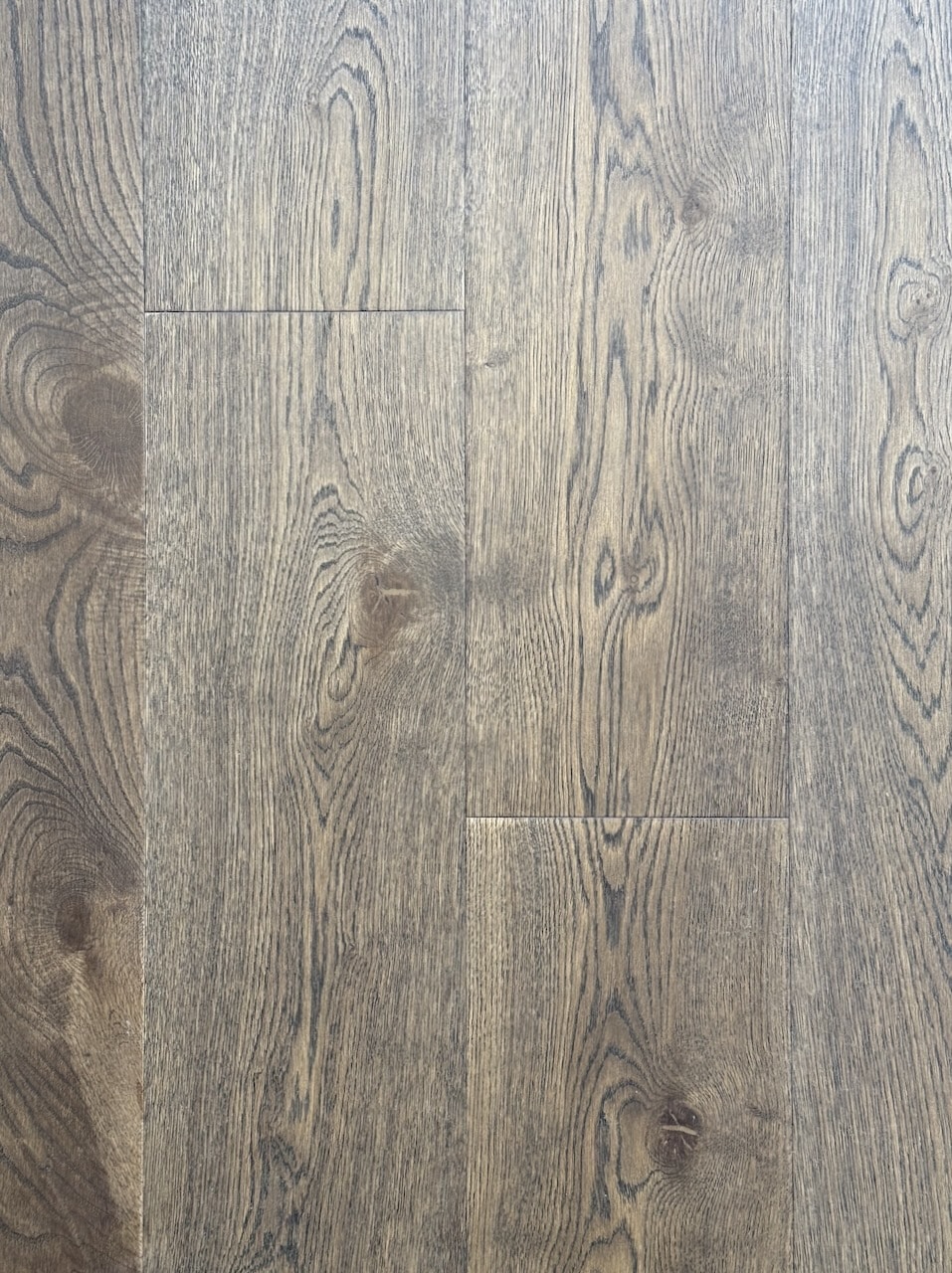Case Study: Raftwood Yukon in Auckland’s Eastern Suburbs
Project Overview
A recent residential project in Auckland’s Eastern Suburbs required a timber floor that would complement the home’s architectural design while providing durability and character. The client sought a flooring solution that would resonate with the natural surroundings and the home’s aesthetic.
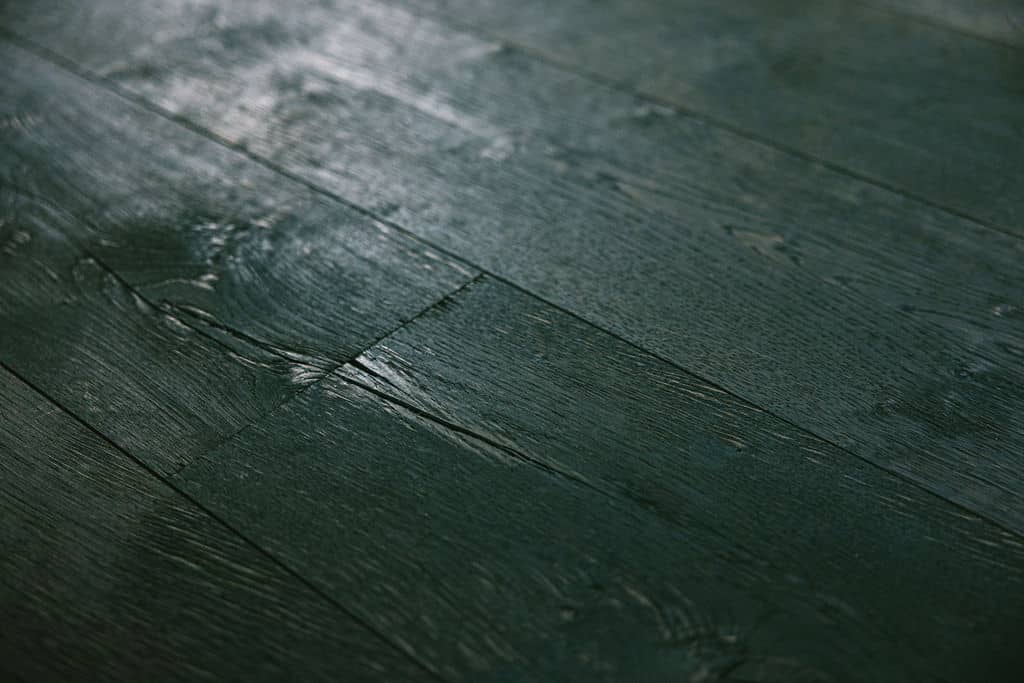
Selection of Raftwood Yukon
After evaluating various options, the decision was made to use Raftwood Yukon Rustic Wood Flooring. This product, part of Vienna Woods’ Raftwood Collection, is known for its rich texture and deep tonal variation. The natural imperfections, such as knots and cracks, add to its rustic charm.
Installation Details
The Raftwood Yukon planks were installed throughout the main living areas, including the open-plan kitchen, dining, and lounge spaces. The flooring’s natural oil finish enhances its durability and ease of maintenance, making it suitable for high-traffic areas. Additionally, the product’s compatibility with underfloor heating systems ensures comfort during Auckland’s cooler months.
Architectural Integration
The Raftwood Yukon’s rustic appearance harmonises with the home’s contemporary design elements. Its textured surface provides a tactile experience underfoot, while the varying shades of the wood add depth and warmth to the interiors. The flooring serves as a unifying element, seamlessly connecting different areas of the home.
Sustainability and Origin
Raftwood Yukon is crafted from French oak, reflecting Vienna Woods’ commitment to sourcing sustainable and high-quality materials. The wood’s origin and the manufacturing process ensure that each plank carries a unique story, adding character to the home.
The use of Raftwood Yukon Rustic Wood Flooring in this Auckland Eastern Suburbs residence exemplifies how thoughtful material selection can enhance architectural design. The flooring not only meets functional requirements but also contributes to the home’s overall aesthetic and ambiance.
Explore More
At Vienna Woods, we specialise in premium engineered timber flooring designed to elevate architectural spaces. If you’re looking to integrate high-quality oak flooring into your next project, contact us today or visit our showroom.
